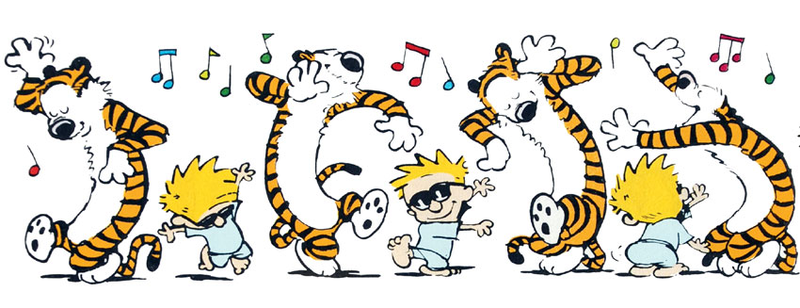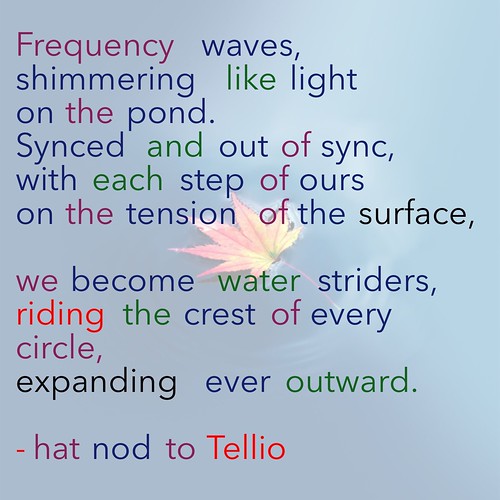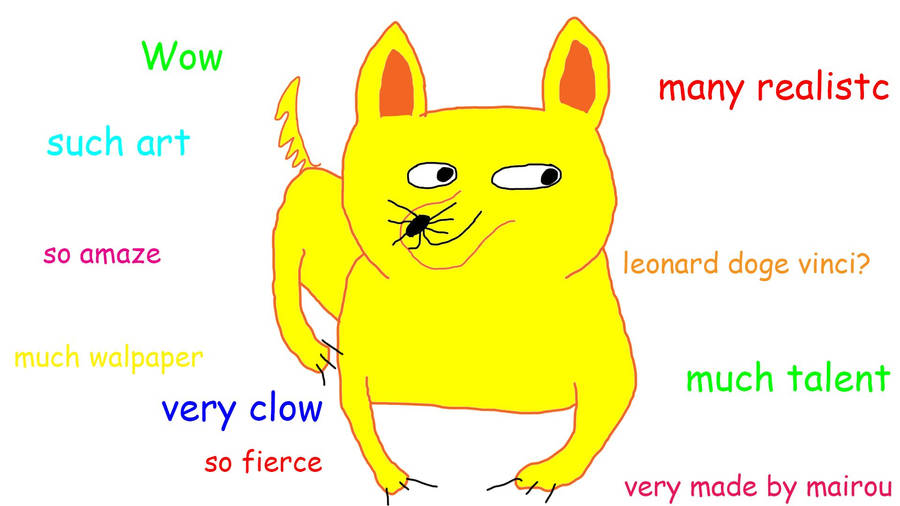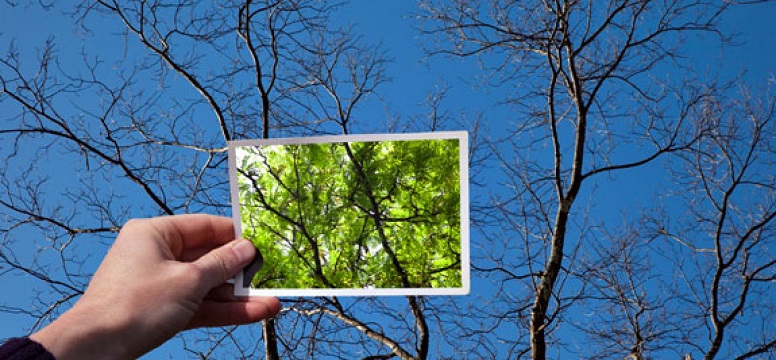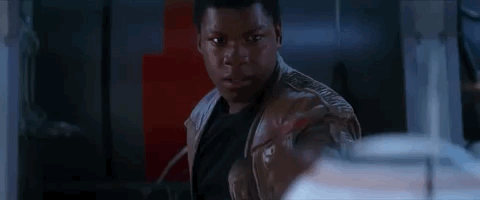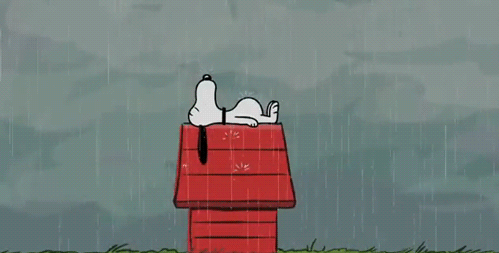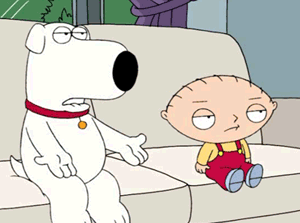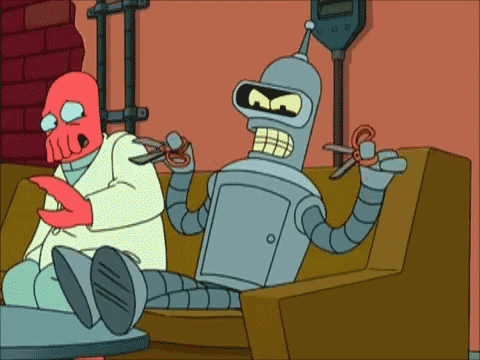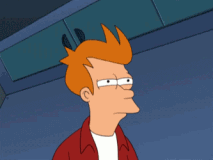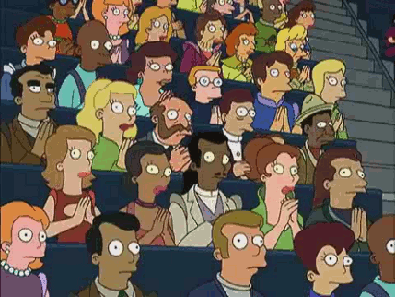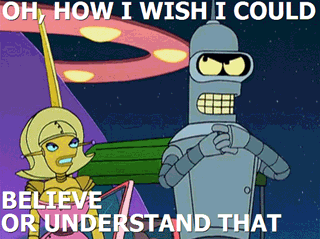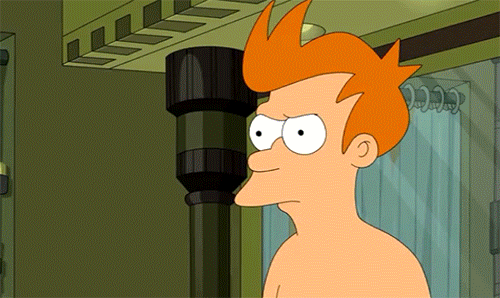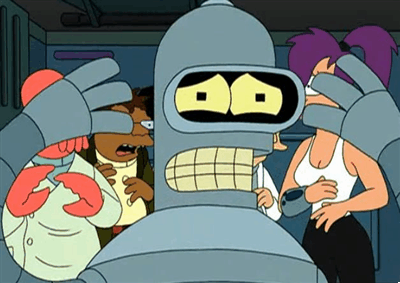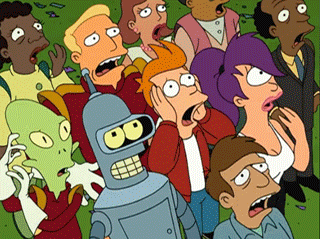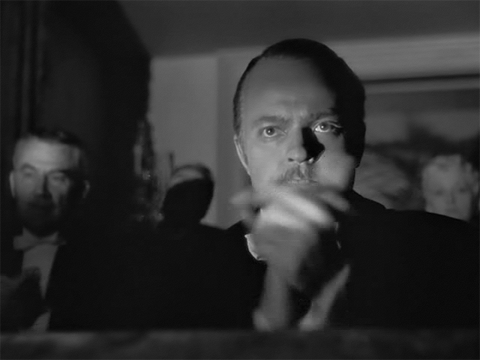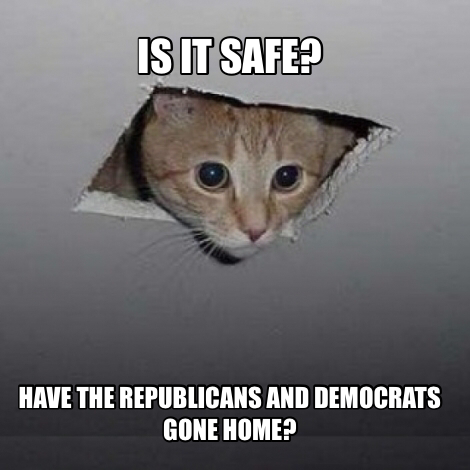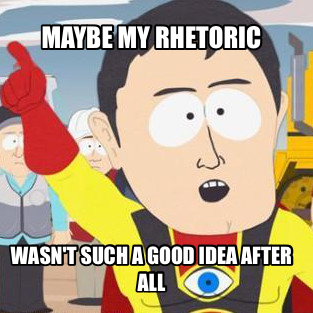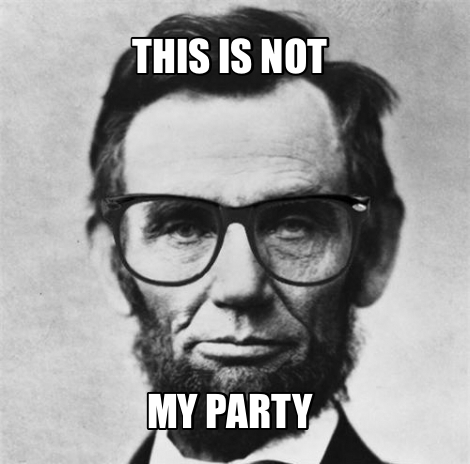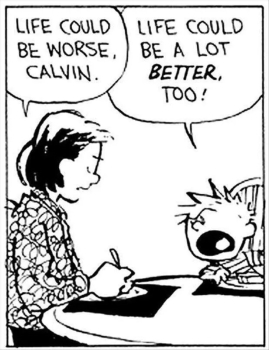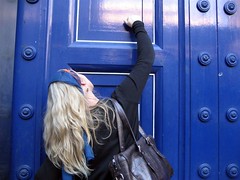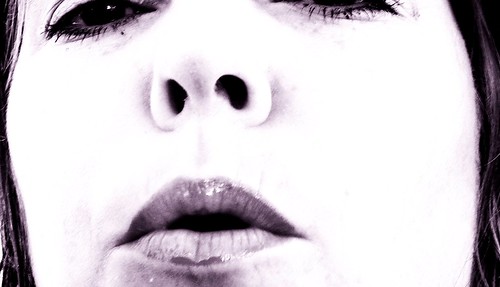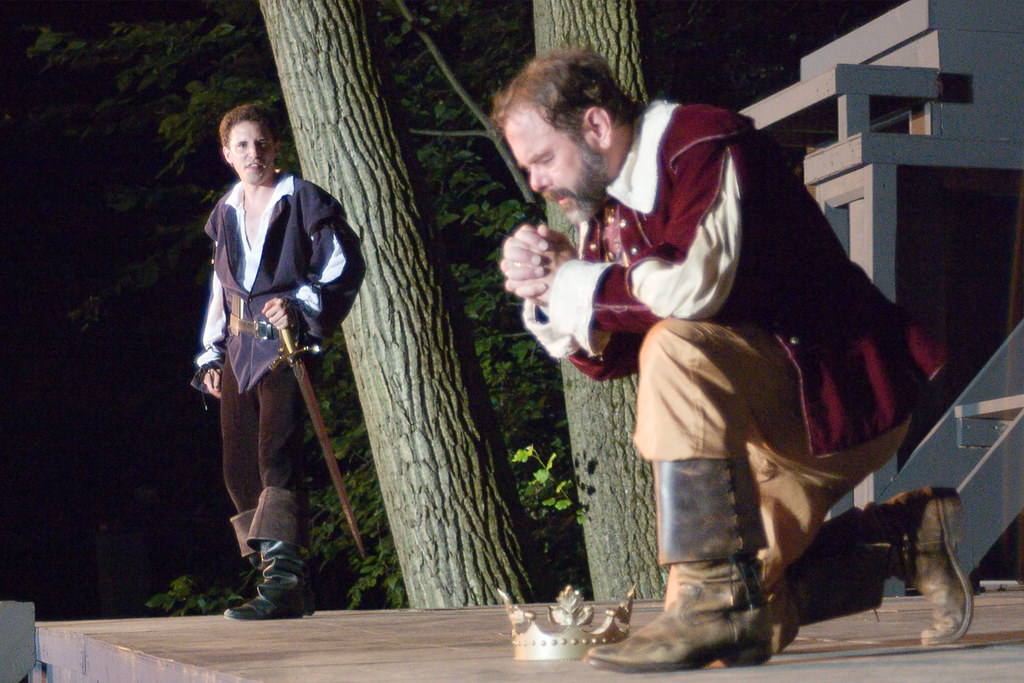How on earth can we talk about this in the field?
Like this, perhaps? And maybe we say, writing is just writing. But ten years ago? Five? Writing digitally was very different. Probably the label remains from a time when we (you, me, us) were trying to explain how technology was changing the way we wrote and interacted and read. Maybe it is no longer different. (Although, I don't think we are there yet)


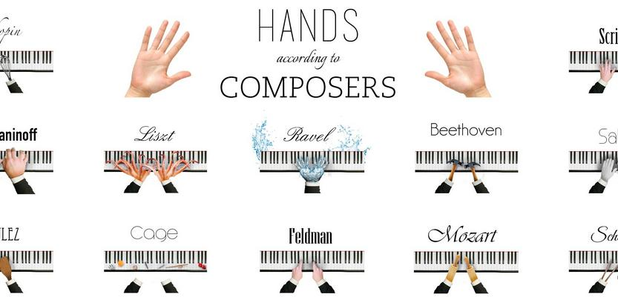


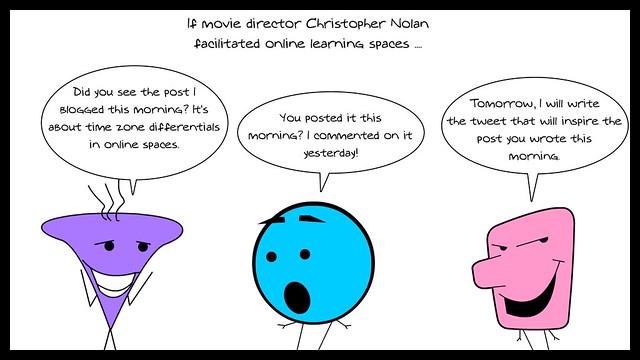 It requires a lot of patience and coordination -- which may be a stumbling block to being inclusive across world cultures -- someone(s) has to coordinate the time zone jumps (never mind the cultural elements)
It requires a lot of patience and coordination -- which may be a stumbling block to being inclusive across world cultures -- someone(s) has to coordinate the time zone jumps (never mind the cultural elements)
